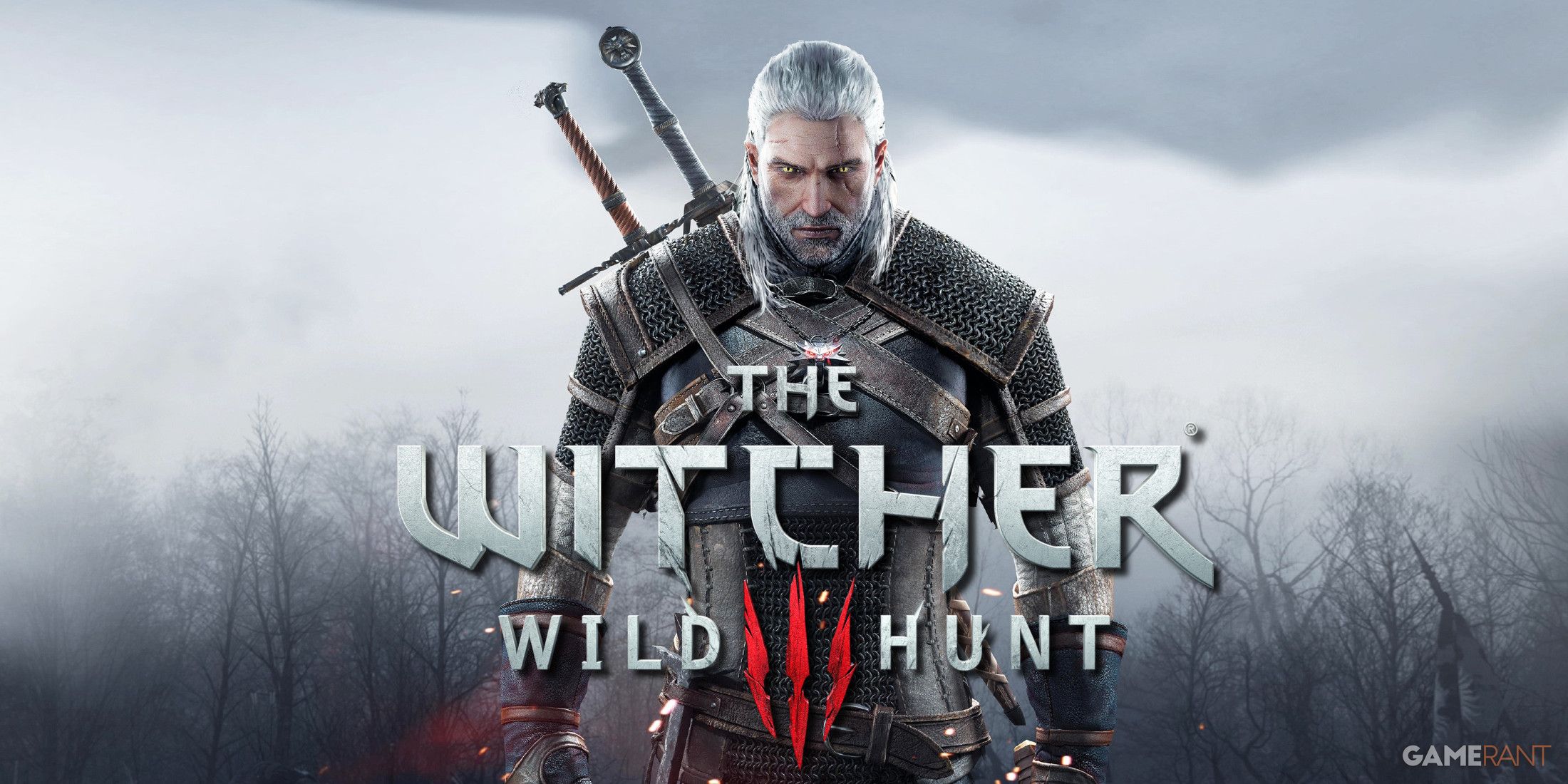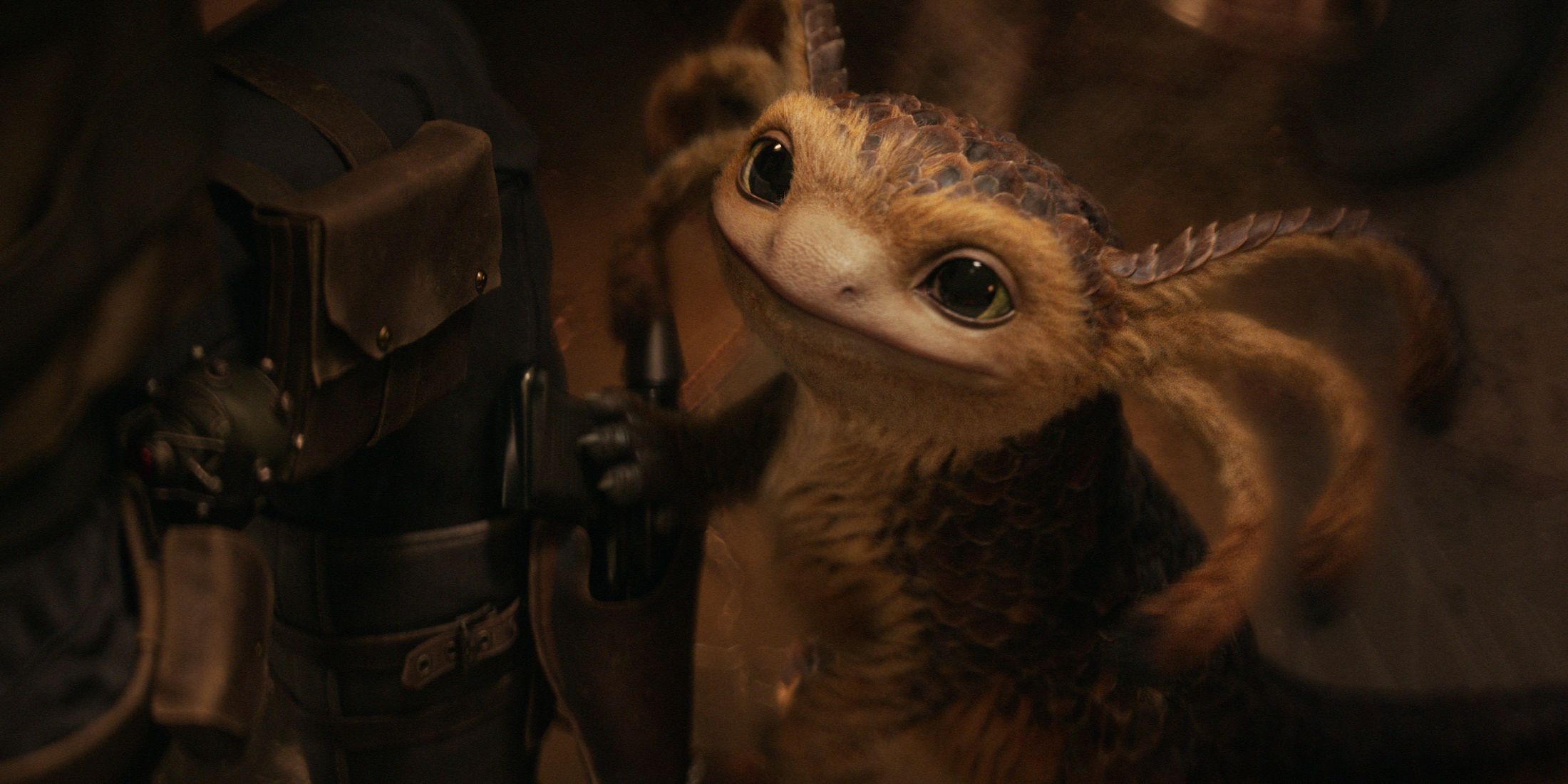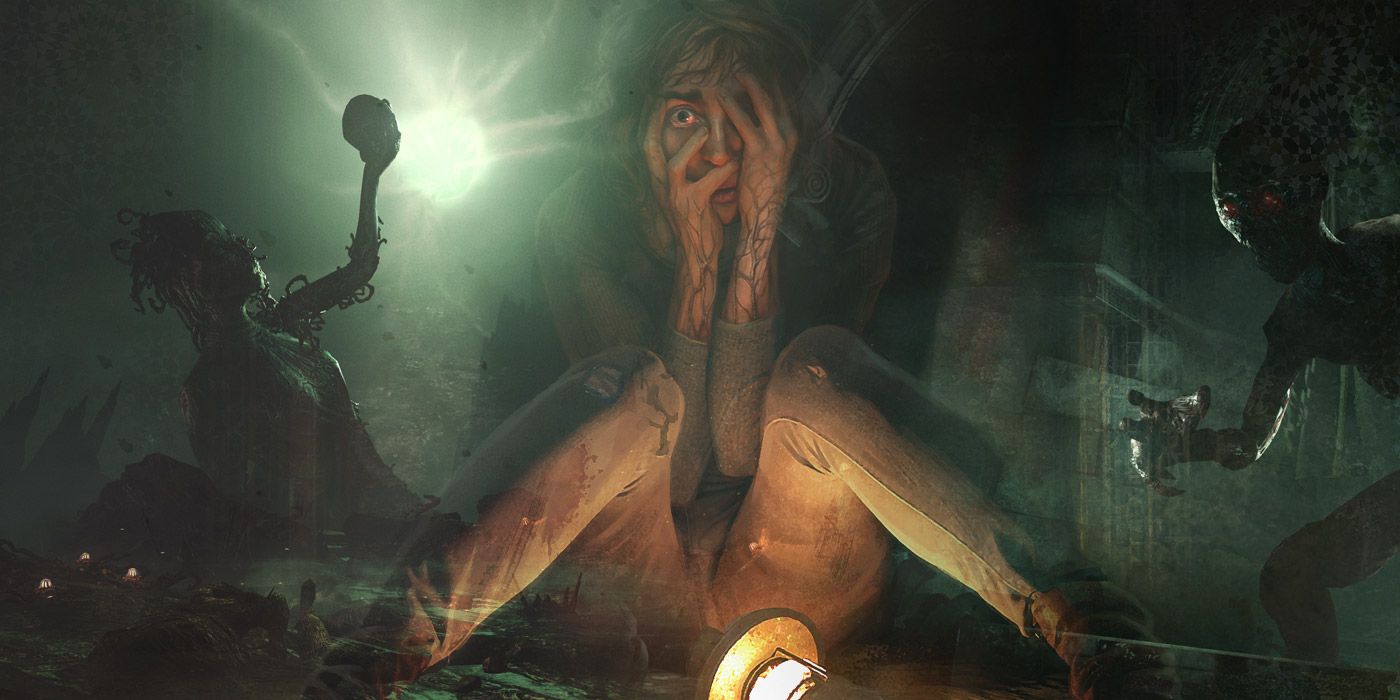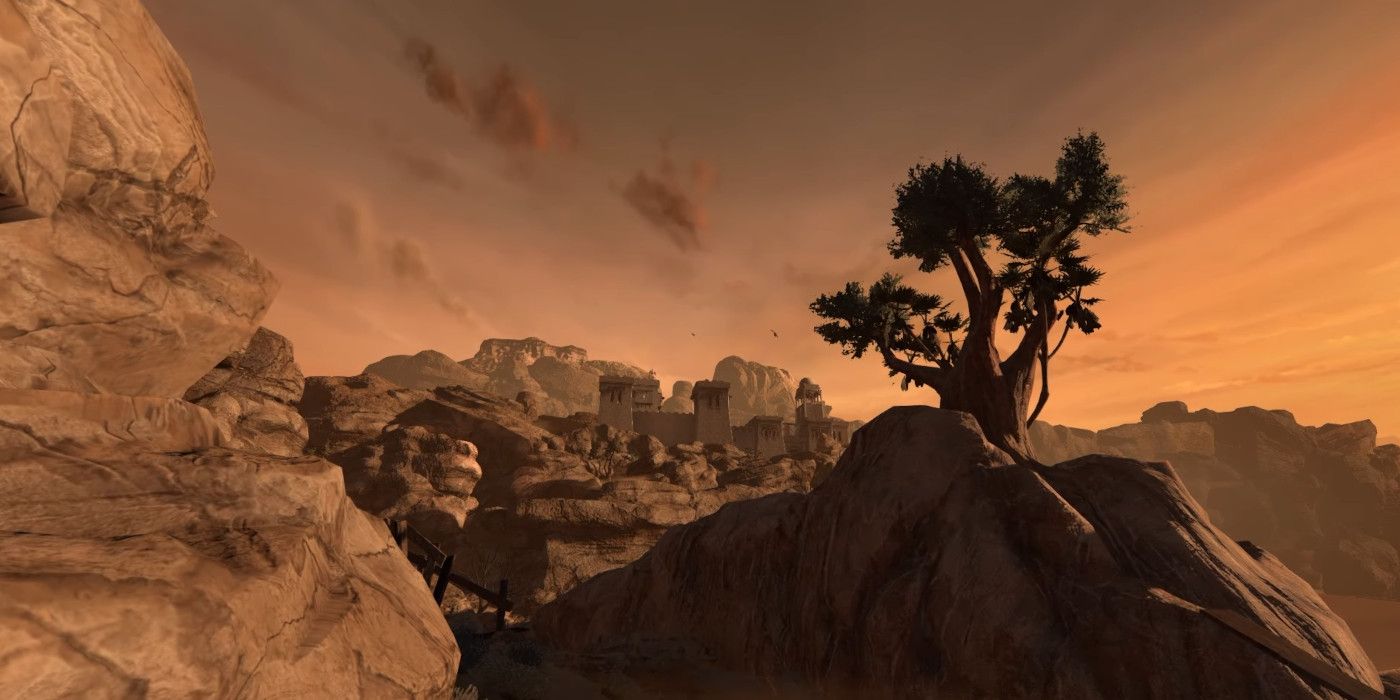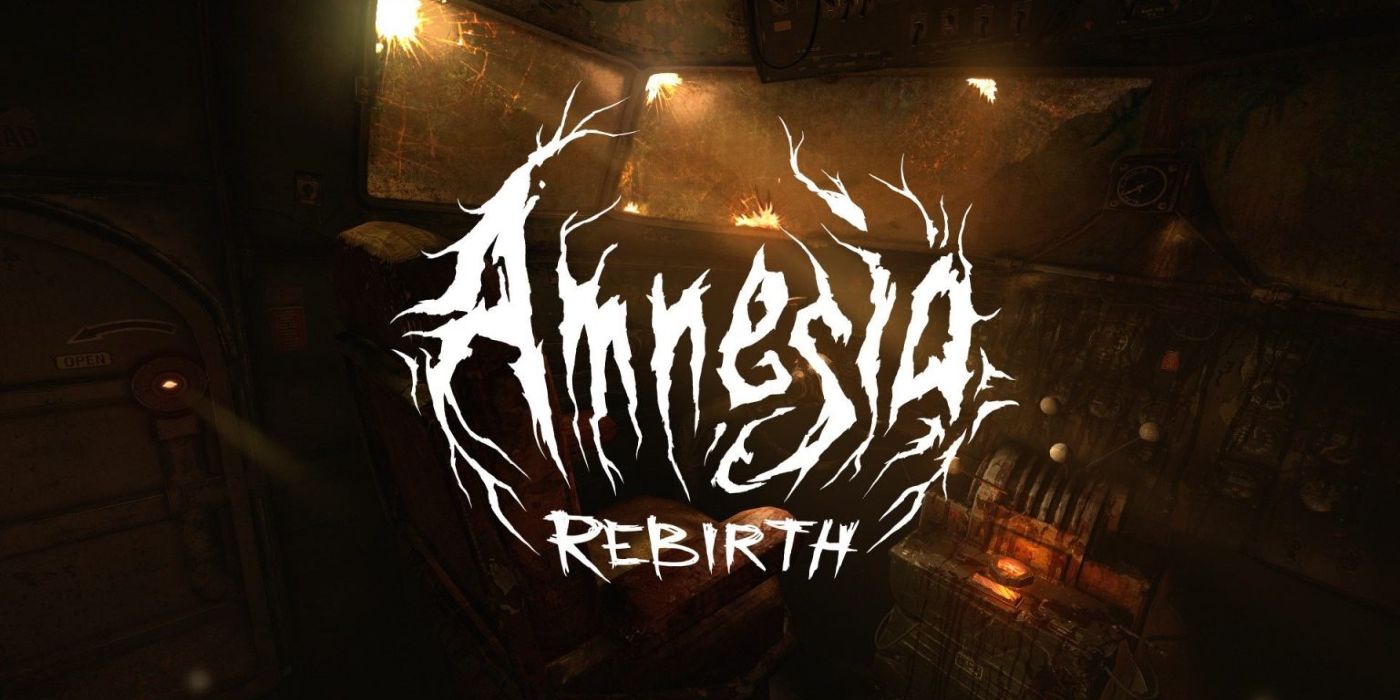Amnesia: The Dark Descent had a massive impact on the entire horror game genre, shifting the focus away from intense action-oriented titles and showing that slow pacing, oppressive atmosphere, and and feelings of helplessness and dread can make for an exceptional gaming experience. It is still considered one of the best horror games of all time, and countless games since have learned from its design to make ever spookier stories. Now, Amnesia: Rebirth delivers an evolution on the same formula made by the creators of the original.
Amnesia: Rebirth may not completely change the face of horror games in the same manner as the first, but reviews and gameplay impressions indicate that it is a worthy successor, full of dreadful foreboding and adrenaline-pumping suspense. When Game ZXC got the opportunity to ask some questions to Amnesia: Rebirth's developers, we jumped on the chance to learn all about what makes a great horror game great, and glean some inside insights on the design philosophy behind the newest Amnesia title.
In most games, there are unwritten rules for making sure that the player experience stays fun. However, in horror games, things like allowing the player to stay in control at all times and making sure that areas are intuitive are often thrown out for the sake of eliciting fear. We wanted to know if there are any rules that still apply to horror games, or if there is a totally different playbook when trying to make people afraid. One of our first questions was simply: how do horror game developers balance fun and fear?
You touch upon a very important thing, namely that the main emotion that a horror game tries to evoke - fear - is highly unpleasant. This means you can’t just expose the player to an endless cavalcade of scares. That would just be exhausting, like being stuck on a rollercoaster ride. Instead, you need to dance around the fear and play a lot with foreboding and anticipation.
It is in this space that you also focus much of your gameplay. Horror games are usually less than 10% actual heart-pounding encounters . The rest of the time is spent doing things like sneaking, exploring, solving puzzles and so forth. In all of these activities, you want to convince the player that something might happen, and let that be woven into the gameplay. For example, if the player fixes a puzzle and starts a machine, the machine might be very noisy, and this makes the player worried that it might attract monsters.
This is very different from other genres where you can tackle the desired emotion head on and base the bulk of the game around it. Instead, horror games require you to carefully portion out the dosage.
While "less than 10% heart-pounding" sounds quite tame, it's clear that the level of suspense and anticipation in Amnesia: Rebirth makes it anything but calming. Suspense seems to be the key to making a game scary without being too exhausting or frustrating, but we also wondered about the reverse of suspense: relief. One of the most satisfying parts of playing a horror game is the relief that the player feels after getting through a harrowing section. Luckily, the Amnesia devs had plenty to say about that too.
We try to make sure that any intense sequence finishes by leaving the player in a more relaxing environment afterwards. Having ups and downs like this is crucial. It is often the contrast between scenes that make the frightening ones feel really frightening.
However, you can’t make things too predictable either. Then the player will figure out the rhythm of it all, and will no longer be as scared. Evoking terror relies a lot on the player being uncertain. Because of that, when we let the player have a breather, it’s often only for a few seconds and then we hit them with something else. That way we keep uncertainty levels high and the player anxious.
The most challenging part of making a horror game, though, is apparently balancing difficulty. The developers explained that a low difficulty stops the game being scary, and a high difficulty becomes more annoying than terrifying. "The problem with frustration - apart from it being irritating in itself - is that it makes the player think about the game in a more abstract manner, instead of being immersed in it." To make development even more difficult, the level of challenge that will cause boredom or frustration varies greatly between players.
Of course, the key to Amnesia's successful formula isn't all about the mechanics of scaring players and balancing out difficulty and relief. Part of what made Amnesia: The Dark Descent so engaging was its mysterious story, and Rebirth also offers a compelling protagonist looking to understand why they are being forced to go through their harrowing journey. Our interviewees expressed that the story elements are one thing that the Amnesia franchise has over other horror game competitors.
I think that the biggest difference in our games is that we care much more about narrative . I’m not saying that no other games do this, but many horror games only focus on being pure “jump scare generators”. There is nothing wrong with this, of course, but we are more interested in tying the horror to a more connected and emotionally deeper narrative. I also think we have a good balance of puzzles, story and tension-filled sections. This is not just true for the Amnesia series but all the other games we’ve made too.
Spooky season is upon us, and Amnesia: Rebirth may just be the perfect game to sit down with in a dimly-lit room to get into the seasonal spirit. Knowing how the developers crafted the game might make it that much more interesting, but it likely won't make it any less terrifying to play.
Amnesia: Rebirth is available for PC and PS4.


